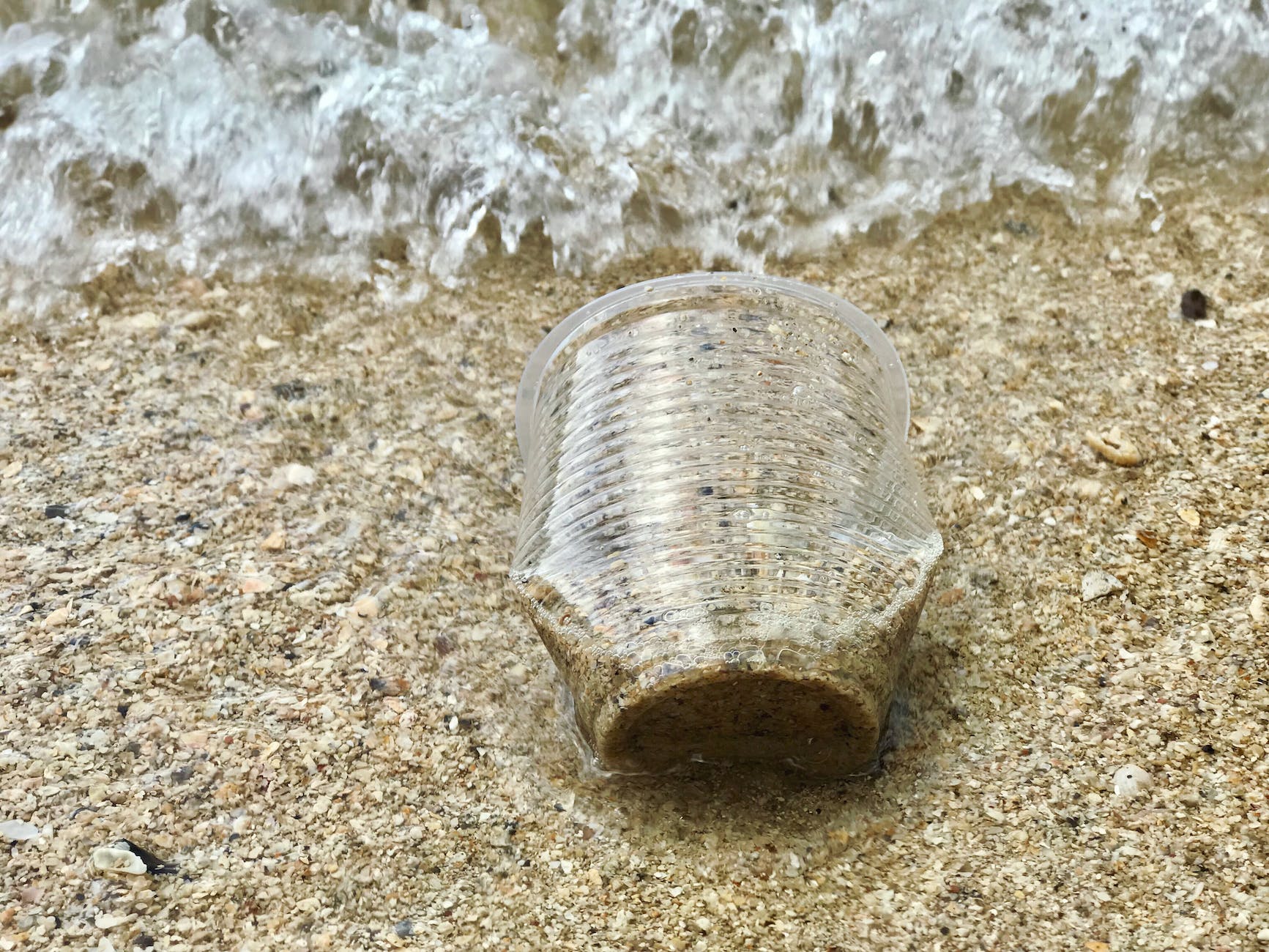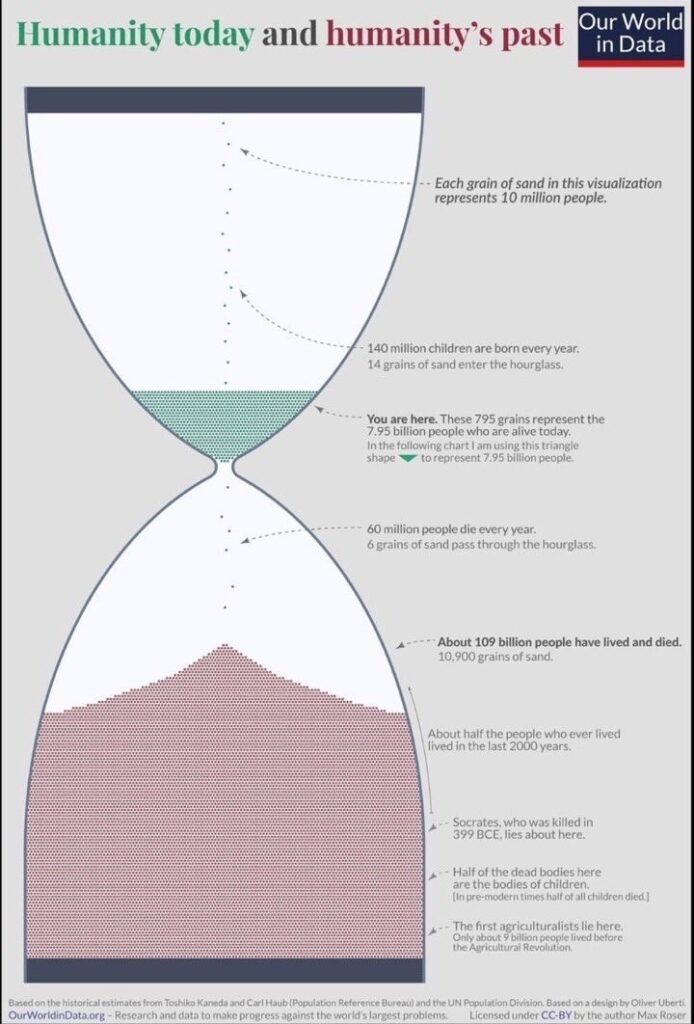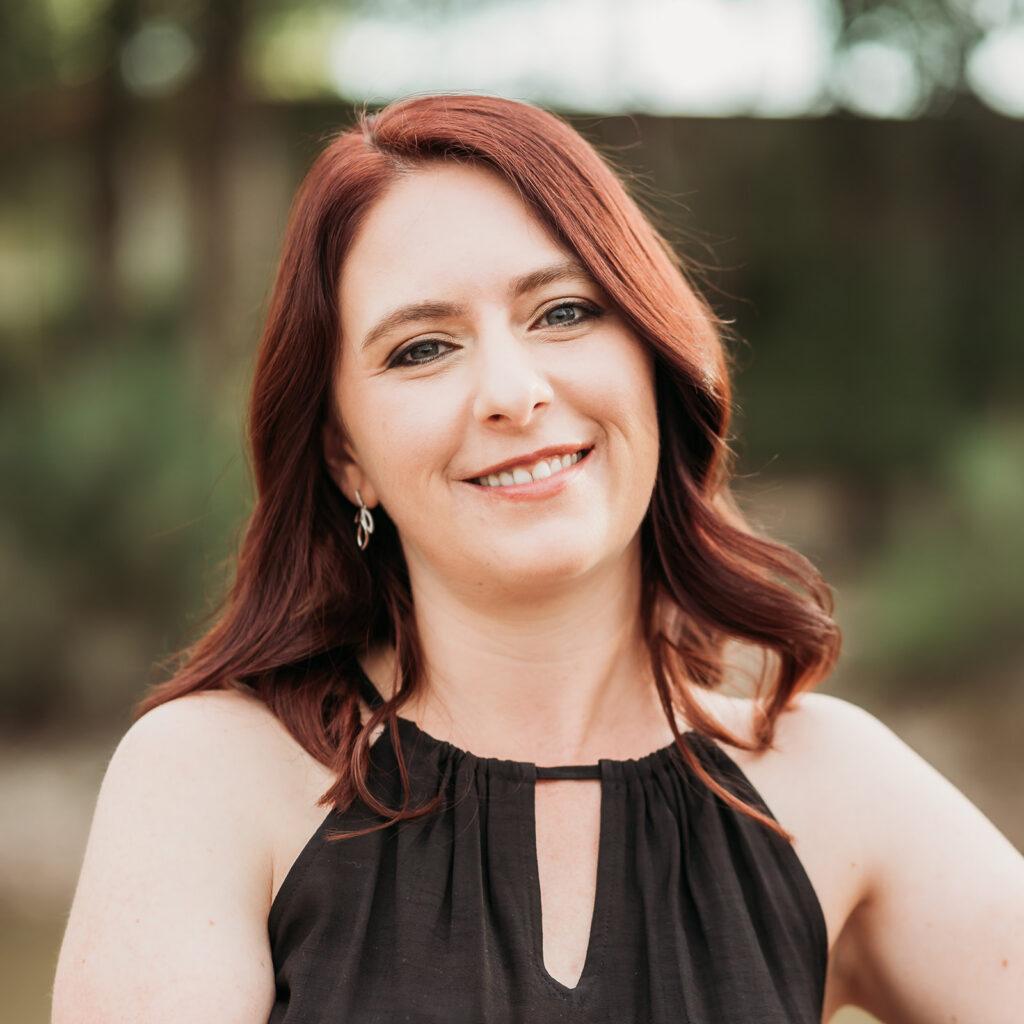
The concept of heaven has never made much sense to me, though I certainly understand the appeal. It is profoundly comforting to those grieving a loved one to imagine them finally at peace in a celestial utopia, and envisioning the same for ourselves can allay end-of-life fears. One of the primary roles of religion and spirituality is shining a light into the dark unknown of death, giving answers to a question science has never adequately answered: what happens after we die? Personally, I think we come right back.
While reincarnation is most often associated with Buddhism and Hinduism, most world religions include a version of the concept, even if it’s not a central tenet of their beliefs. Indigenous stories abound of people who recall the details of a battle that happened before their birth, of children who inexplicably recognize objects that belonged to their ancestors. Judaism allows for the possibility of reincarnation, sometimes with the claim that one must return until all 613 mitzvot (good deeds) have been completed. The only reason Christianity disavows reincarnation is because it was cut out of their doctrines during the Second Council of Constantinople in 553 CE, in order to reinforce the powerful social control inherent in a promise of eternal reward or eternal damnation.

According to “Our World in Data,” approximately 109 billion humans have lived and died in the history of human existence. With nearly 8 billion humans alive right now, that’s 101 billion distinct souls occupying the afterlife. And that number only counts humans—never mind every other sentient being we share the planet with. The idea that souls occupy a human body for (generally) less than a hundred years and then spend eternity in a celestial plane sounds to me like an unbalanced, wasteful system. The single-use soul reminds me of a single-use plastic cup tossed into the landfill as soon as it’s emptied.
What if the afterlife isn’t a landfill, but a recycling center? Or, perhaps, think of it like a water cycle. Ocean water evaporates and is held in the clouds, then falls to earth as rain or snow, gathers into a river, and flows back into the ocean. From water to digestion to decomposition, nearly everything in our physical reality works on a cycle like this, transforming and returning to its source to be reborn as something else. The only things that don’t fit this pattern are corruptions of the natural order, like plastic or nuclear waste.
When I ask myself why consciousness would operate outside of these natural cycles, either snuffed out of existence or transported to an overcrowded afterlife, there’s only one answer: humans must be a corruption of the natural order. Thinking of humans as separate from nature tracks with Christian ideas of Original Sin and dominion over animals. It’s also the type of thinking that has led us to a world of widespread fossil fuel usage, deforestation, and concrete, soil-sealed cities. That’s probably why solarpunk spirituality trends toward systems of belief that revere nature, systems of belief that acknowledge our place in nature.
But, of course, no one talks about heaven as a landfill. Heaven is a utopia, the perfect bliss promised after a lifetime of suffering and toil in the imperfect world. It’s much like the myth of retirement under capitalism: sacrifice your prime years to making money and you’ll be free to rest and enjoy life in your old age. Neither is guaranteed, but both provide hope for people during hard times.
Any depiction of utopia runs up against the same problem. It sounds great for a moment… and then what? The NBC show The Good Place grapples brilliantly with this concept in season four. (Spoilers ahead.) Once the characters uncover the fact that no one has been admitted to the Good Place for centuries, because modern society makes it impossible to live an ethical life (i.e., there is no ethical consumption under capitalism), they finally enter heaven and find a culture of historical figures who are bored out of their minds. Their solution is to allow for a secondary death, at the time of a person’s choosing, in which they enter a truly ineffable unknown. Their individual consciousness ceases to exist in a way that resembles the Buddhist concept of Nirvana, when a soul is freed from the cycle of death and rebirth.
Despite often being classified as such, solarpunk is not truly a utopian movement. Most solarpunk literature is quite gritty and realist, even as it presents thought experiments for how we could achieve a world of environmental and social justice. The hope associated with solarpunk is tied to action, specifically collective action. We’re not waiting around for a better world. We’re building it. This is why, for me, the reincarnation of human consciousness fits within solarpunk values. To believe in heaven is to hope for utopia. To believe in reincarnation is to work toward constant improvement.
It will take lifetimes to rectify the damage humanity has wreaked upon the planet. So many climate narratives lament that we’re leaving this damage for unknown future generations to clean up. But what if those future generations are also us? Just us, who have to come back again and again until we’ve set right our ecological karma? That’s the type of restorative justice that should sound right at home within a solarpunk ethos. Let’s do the work, together, for as many lifetimes as it takes to create something a little closer to heaven here on Earth.

Sarena Ulibarri (she/her) lives, writes, and plants trees in the American Southwest. Her novella Another Life (which grapples with the implications of reincarnation within a solarpunk community in Death Valley) was released from Stelliform Press in 2023. Her short fiction has appeared in magazines such as DreamForge, GigaNotoSaurus, and Solarpunk Magazine, as well as anthologies such as Solar Flare: Solarpunk Stories, Bioluminescent: A Lunarpunk Anthology, and Biketopia: Feminist Bicycle Science Fiction in Extreme Futures. Find more at www.SarenaUlibarri.com or follow her on Mastodon @sarenaulibarri@wandering.shop or on Instagram @sarenaulibarriauthor.